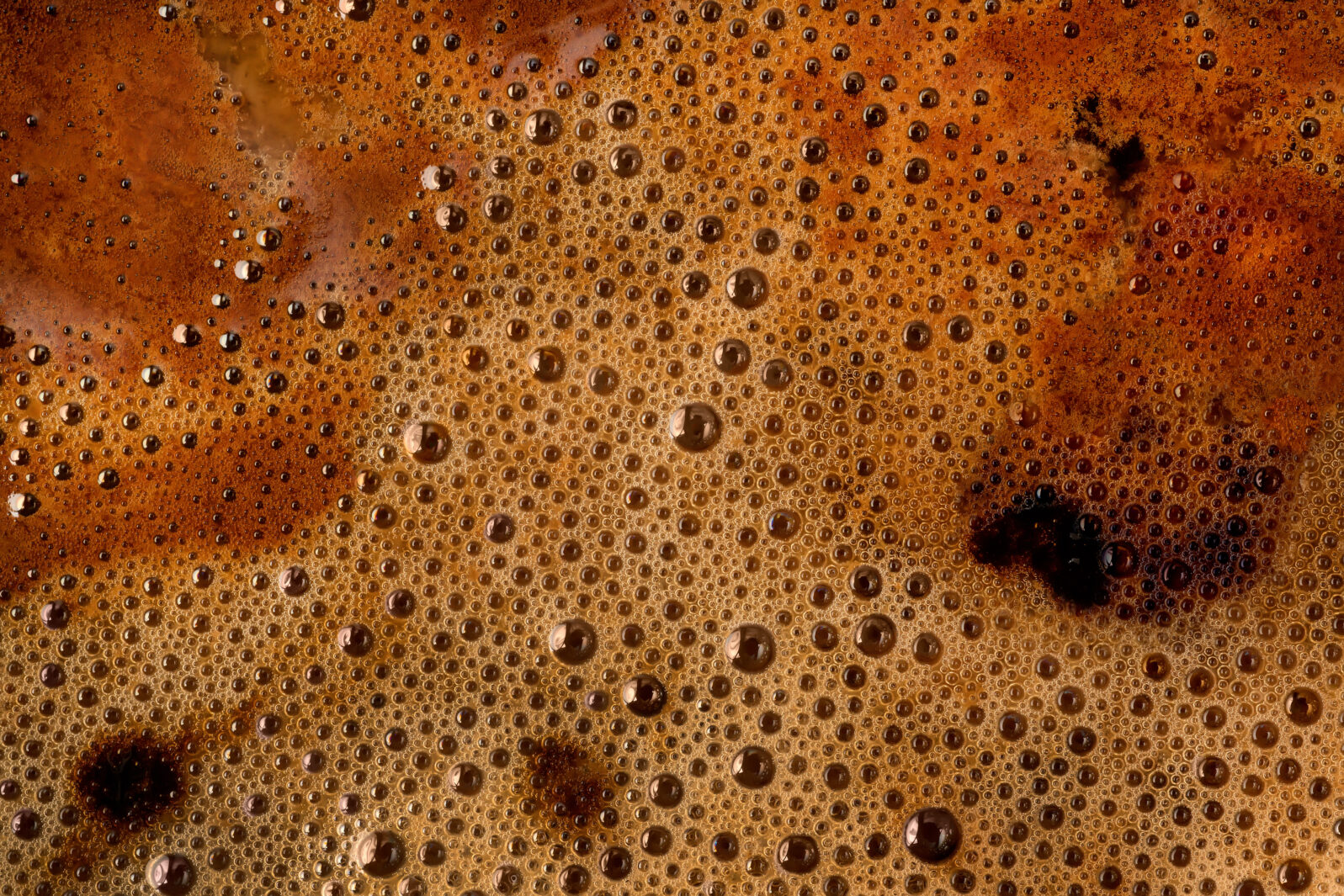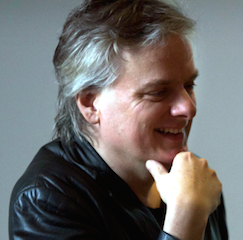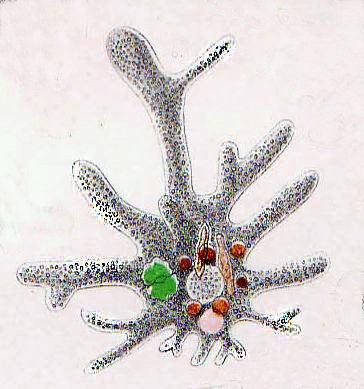Panpsychism: You Are Conscious but So Is Your Coffee Mug
Materialists have a solution to the problem of consciousness, and it may startle youIn 1995, philosopher David Chalmers coined the term “the hard problem of consciousness,” in a paper. His paper discussed the fact that to be conscious is to be a “subject” of experience, which is not the same as being an object that is experienced. He followed the paper up with The Conscious Mind: In Search of a Fundamental Theory (1996).
The fact of consciousness, known to every human being more certainly than the laws of nature themselves is nearly impossible to mesh with a materialist view of the world. It has resulted in a number of remarkable materialist theories, of which we offer a few:
Two have achieved notoriety in recent years:
Physicist Max Tegmark has daringly argued that “consciousness is a state of matter – just like a solid, liquid, or gas – in which atoms are arranged to process information and give rise to subjectivity.” The details are not clear.
Philosopher Daniel Dennett argues that, on the contrary, consciousness is a mere illusion, which we evolved to ensure our survival. How we would know that our consciousness is an illusion is not clear.
But in between these poles or floating in their vicinity are a number of other theories. For example, according to psychologists Tam Hunt and Jonathan Schooler, consciousness could all come down to the way things vibrate:
The central thesis of our approach is this: the particular linkages that allow for large-scale consciousness – like those humans and other mammals enjoy – result from a shared resonance among many smaller constituents. The speed of the resonant waves that are present is the limiting factor that determines the size of each conscious entity in each moment.
As a particular shared resonance expands to more and more constituents, the new conscious entity that results from this resonance and combination grows larger and more complex. So the shared resonance in a human brain that achieves gamma synchrony, for example, includes a far larger number of neurons and neuronal connections than is the case for beta or theta rhythms alone. Tam Hunt, “Could consciousness all come down to the way things vibrate?” at The Conversation
According to Tam and Schooler’s “resonance theory of consciousness,” the spontaneous self-organization of brain waves produces our consciousness in the same way that, in a cluster of fireflies, internal biological oscillators produce synchronicity of flashes with neighbors: “But in biological structures with the right kind of information pathways and processing power, these tendencies toward self-organization can and often do produce larger-scale conscious entities.”
Tam’s view is quite close to panpsychism, the view that everything is conscious, or very close to it. He explains,
This sounds strange at first blush, but “panpsychism” – the view that all matter has some associated consciousness – is an increasingly accepted position with respect to the nature of consciousness.
The panpsychist argues that consciousness did not emerge at some point during evolution. Rather, it’s always associated with matter and vice versa – they’re two sides of the same coin. But the large majority of the mind associated with the various types of matter in our universe is extremely rudimentary. An electron or an atom, for example, enjoys just a tiny amount of consciousness. But as matter becomes more interconnected and rich, so does the mind, and vice versa, according to this way of thinking.
Chances are, the fact that the resonance theory doesn’t particularly explain why we experience thoughts and feelings will fade in significance as we contemplate the astonishing idea that “An electron or an atom, for example, enjoys just a tiny amount of consciousness.” Surprisingly, this view is gaining popularity in science. For example, this summer, Scientific American gave space to a sympathetic view of panpsychism, offered by computer engineer Bernardo Kastrup psychiatrist Adam Crabtree, and psychotherapist Edward F. Kelly.
In an academic article, Kastrup identified the available materialist options, as he sees them. Picture, if you will, you, an amoeba, and a coffee mug. How much does each of you participate in consciousness?
a) physicalism (everything is a physical reality)
you 0 amoeba 0 coffee mug 0
On this view, consciousness is an evolved illusion.
b) bottom-up pan-psychism
you 1 amoeba 1 coffee mug 0
 You and the amoeba both evolved consciousness as you evolved life but the coffee cup (and, we presume, its associated electrons) did not.
You and the amoeba both evolved consciousness as you evolved life but the coffee cup (and, we presume, its associated electrons) did not.
c) cosmopanpsychism
you + amoeba + coffee mug = 1
You, the amoeba, and the mug are one indivisible consciousness.
d) dissociated alters (multiple personality disorder)
you 1 amoeba 1 coffee mug 0
This d) view, which Kastrup favors, sees you and the amoeba as dissociated selves of the universe as a whole. The universe is thus seen as a victim of multiple personality disorder. But Kastrup’s view allows for a fundamental difference between the living and the non-living. Only the living are seen as personalities. Sorry, mug, you are not a dissociated self, a subject of experience, after all.
The abstract of his academic paper reads in part:
We, as well as all other living organisms, are but dissociated alters of cosmic consciousness, surrounded by its thoughts. The inanimate world we see around us is the extrinsic appearance of these thoughts. The living organisms we share the world with are the extrinsic appearances of other dissociated alters. – Bernardo Kastrup, The Universe in Consciousness, Journal of Consciousness Studies, 25, No. 5–6, 2018, pp. 125–55
To understand why Scientific American would take panpsychism or the “multiple personality disorder” universe seriously, one needs to begin by grasping how very hard the problem of consciousness is for materialists (naturalists). Put simply, it is easier for many today to stomach the idea that an electron is conscious than the idea that consciousness is not a material entity.
That position is not, of course, science. It is simply where materialism ends up. And if the current scene is any guide, we will hear stranger views yet.
Note: Materialism is sometimes called naturalism (nature is all there is) and is roughly the same thing for our purposes.
See also: Does your brain construct your conscious reality? Part I A reply to computational neuroscientist Anil Seth’s recent TED talk (Michael Egnor)
Does your brain construct your conscious reality? Part II In a word, no. Your brain doesn’t “think”; YOU think, using your brain
A short argument against the materialist account of the mind (Jay Richards)
and
What great physicists have said about immateriality and consciousness






